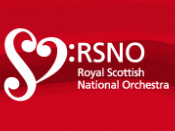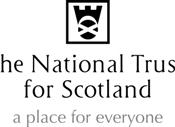Executive summary
In recent times, people in Scotland have started to show a greater appreciation of and interest in their cultural identity. This fascination is shared by many around the world. There has been a renaissance in the study of Scottish history, literature, language, politics, sociology and culture over the last 20 years, all of which has been led by the public's demand to know more about themselves and their country.
The tourism industry is booming. Its rapid growth has been one of the success stories of the post-war world. Now, more and more countries are competing for a share of the "tourism cake". International arrivals across the world have grown over 20 fold in the last fifty years. Globally, tourism now provides 10 % of world employment, 12 % of GDP and is predicted to provide up to 100 million new jobs by 2010. (Tourism, Culture and Communication, Hall 1999)
I intend to look at the contribution the arts and cultural sectors make to the management of Scotland's tourism industry.
I will focus mainly on the cultural structure which is in place in Scotland at the moment, and then link this in with the more obvious benefits that tourism in general brings to the destination. The arts in Scotland at present is under major reconstruction and new initiatives are being put in place which after years of underfunding.
The Three Bodies
Three bodies constitute the 'holy trinity' of Scottish heritage and culture: the Scottish Tourist Board (or STB), Historic Scotland and the National Trust for Scotland. These bodies have different, even competing, approaches to heritage and culture. They operate as its 'entrepreneurs': They work alongside each other, but with distinct aims and different organisational structures. Moreover, they are set within a political and cultural framework which includes government departments...
![[Edinburgh from the castle, Scotland] (LOC)](https://s.writework.com/uploads/11/117998/edinburgh-castle-scotland-loc-thumb.jpg)

